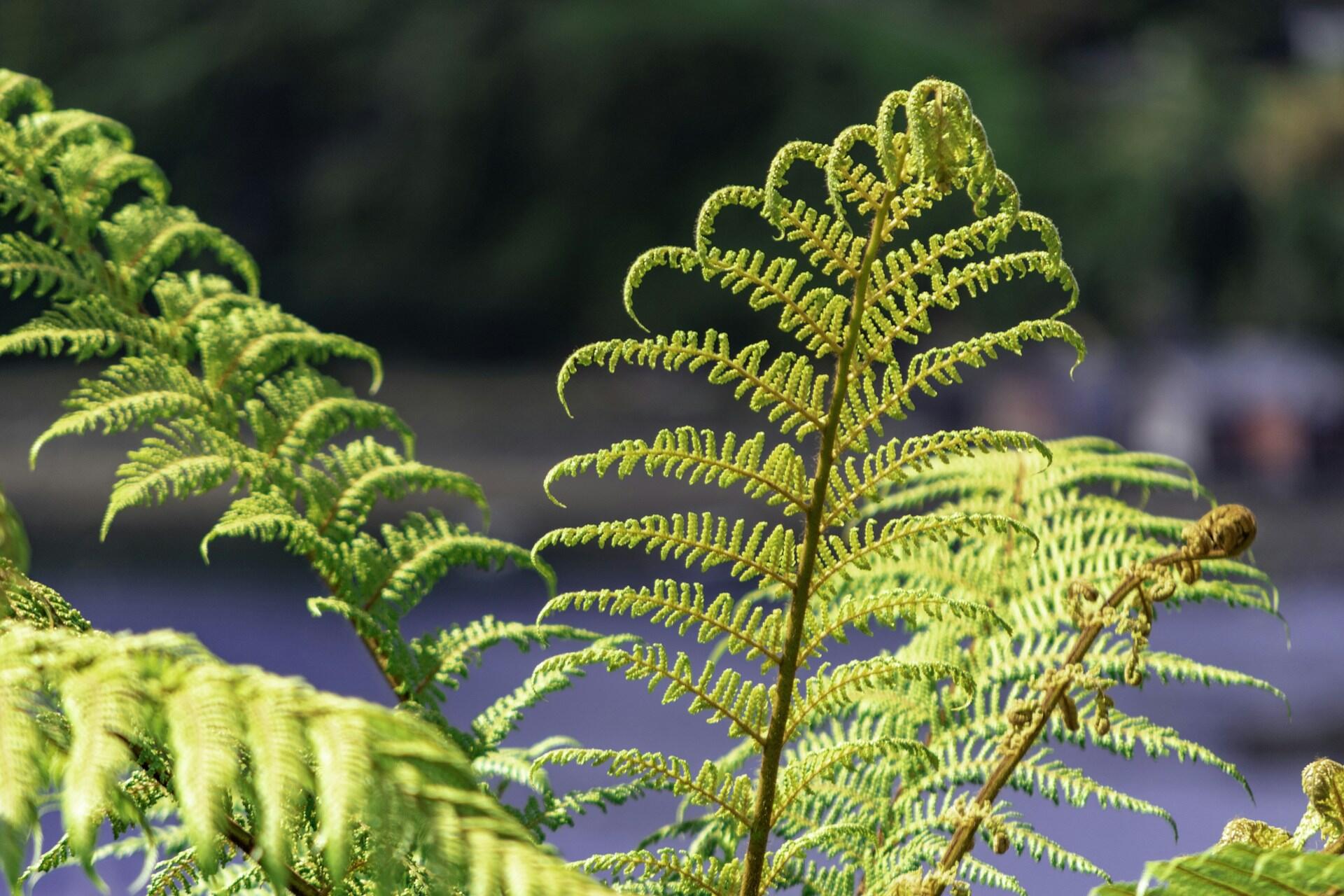Kaitiakitanga is the concept in Māori culture of being responsible for the land (whenua), natural resources, and taonga (treasures). It's deeply rooted in Māori ancestral knowledge and tikanga (customs) and is more than just conservation. It is the Māori spiritual and cultural duty to protect and sustain the environment, people, and heritage for future generations.

What is Kaitiakitanga?
The word kaitiakitanga has its roots in the Māori term kaitiaki, which means guardian or caretaker.
In practice, a kaitiaki can be an individual, group, or spiritual entity responsible for preserving the balance of mauri (life force) in the natural world.
This responsibility is so much more than simply physically protecting the natural world. It extends to the spiritual well-being of lands, rivers, forests, and oceans. It's year-round, too, not just something to be practised during matariki.
Kaitiakitanga is as important today as ever and will play a vital role in environmental conservation, cultural heritage, preservation, and sustainable resource management.
It can be practised through iwi-led environmental restoration projects, river protection efforts, or local conservation initiatives. It continues to shape how Māori and non-Māori interact with the natural world.
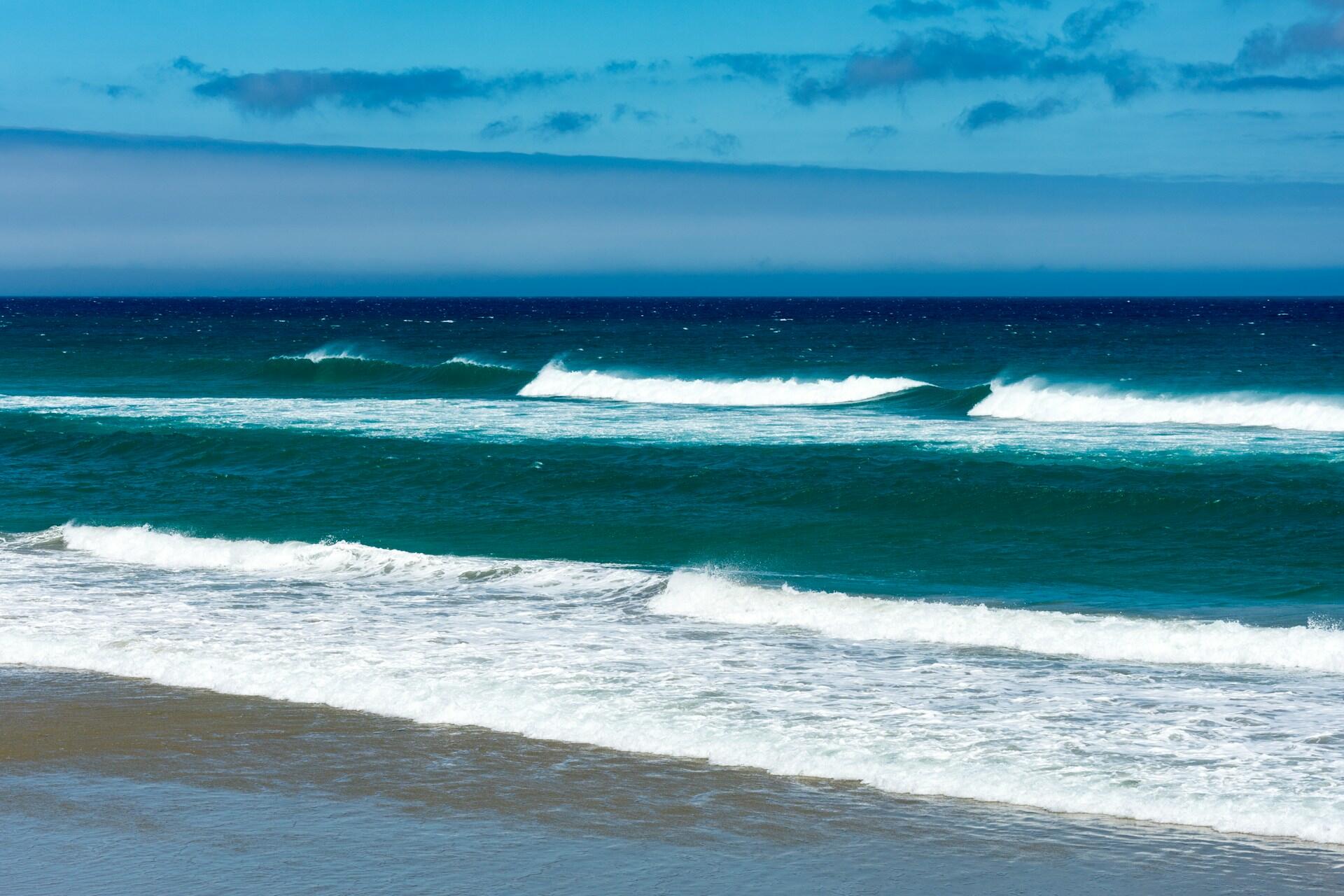
The Origins of Kaitiakitanga
Traditionally, kaitiaki were spiritual beings or ancestors who watched over places to ensure their tapu (sacredness) and health.
Today, tangata whenua (local Māori communities) carry out these responsibilities by acting as the modern kaitiaki of the land and environment, an important part of their interpersonal relationships.
The iwi Ngāti Porou has long practised kaitiakitanga over the Waiapu River, working on restoration efforts to reverse the damage caused by deforestation and erosion. Through their knowledge of the whenua and traditional conservation methods, they continue to protect the river for future generations.
Kaitiakitanga in Practice
Kaitiakitanga isn't just an idea, though. It's a living practice that influences Māori people's interactions with the world and their decisions regarding nature.
You can see examples of this best in:
- Sustainable resource use ensures that only what is needed is taken.
- Reforestation and conservation efforts to restore natural ecosystems.
- Protecting rivers, oceans, and wildlife from pollution and exploitation.
- Cultural preservation, ensuring Māori traditions and knowledge are passed down to future generations.
The Role of Kaitiaki in Māori Culture
We've seen that kaitaiki can take many forms, such as people, spiritual beings, or even animals. As long as they protect the whenua (land), wai (water), and taonga (treasured resources), they could be considered kaitiaki.
So, who are the kaitiaki?
They could be:
- Taniwha – Spiritual beings or guardians of rivers, lakes, or the ocean, protecting them from harm.
- Ancestral spirits – Māori believe that their tīpuna (ancestors) continue to watch over the land and guide their descendants in caring for it.
- People (Tangata Whenua) – Local iwi (tribes) and hapū (sub-tribes) act as kaitiaki, ensuring that Māori customs, tikanga (protocols), and environmental responsibilities are upheld.
- Animals – Some species, such as birds or fish, are considered kaitiaki of specific areas, serving as indicators of the environment’s health.
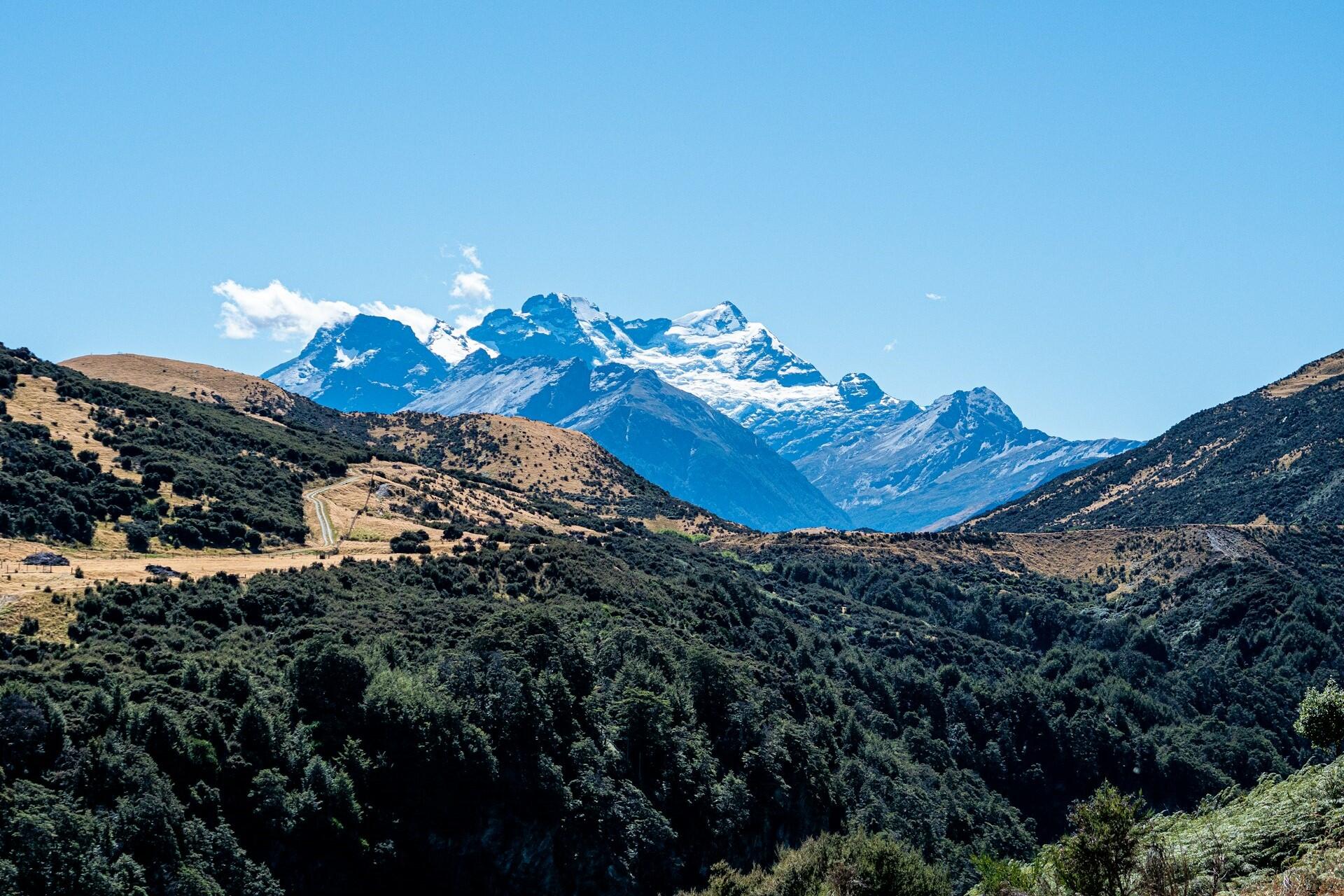
Responsibilities of Kaitiaki
Kaitiaki have more to do than just conservation. They have to maintain the spiritual, cultural, and physical integrity of the land and its resources. This could include:
- Protecting the environment's mauri (life force) to ensure balance and sustainability.
- Managing resources responsibly so they are not depleted for future generations.
- Preserving Māori knowledge and traditions related to land and resource use.
- Acting as advocates for the protection of whenua (land), awa (rivers), moana (ocean), and ngahere (forests).
Modern Examples of Kaitiaki
Māori communities still continue the role of kaitiaki in several ways. This includes:
- Restoring rivers and wetlands to protect native species and water quality.
- Leading conservation projects to reintroduce native flora and fauna.
- Advocating for legal protections to safeguard sacred sites and traditional lands.
- Educating future generations about the importance of sustainable practices.
In 2014, Te Urewera, a former national park, was granted legal personhood, recognising its intrinsic mana and mauri. The Tūhoe iwi became its official kaitiaki, ensuring that the land is cared for under Māori principles rather than Western conservation models.

Kaitiakitanga and the Connection to Mana and Mauri
Kaitikitanga is deeply connected to mana (spiritual authority, prestige) and mauri (life force, vitality).
These core elements form a key part of how Māori people see and understand the balance between people, the environment, and the spiritual world and are linked to many different manaakitanga.
Kaitikitanga is more than simply practising environmental conservation; it's also about protecting the mana and mauri of the land, water, and all living things.
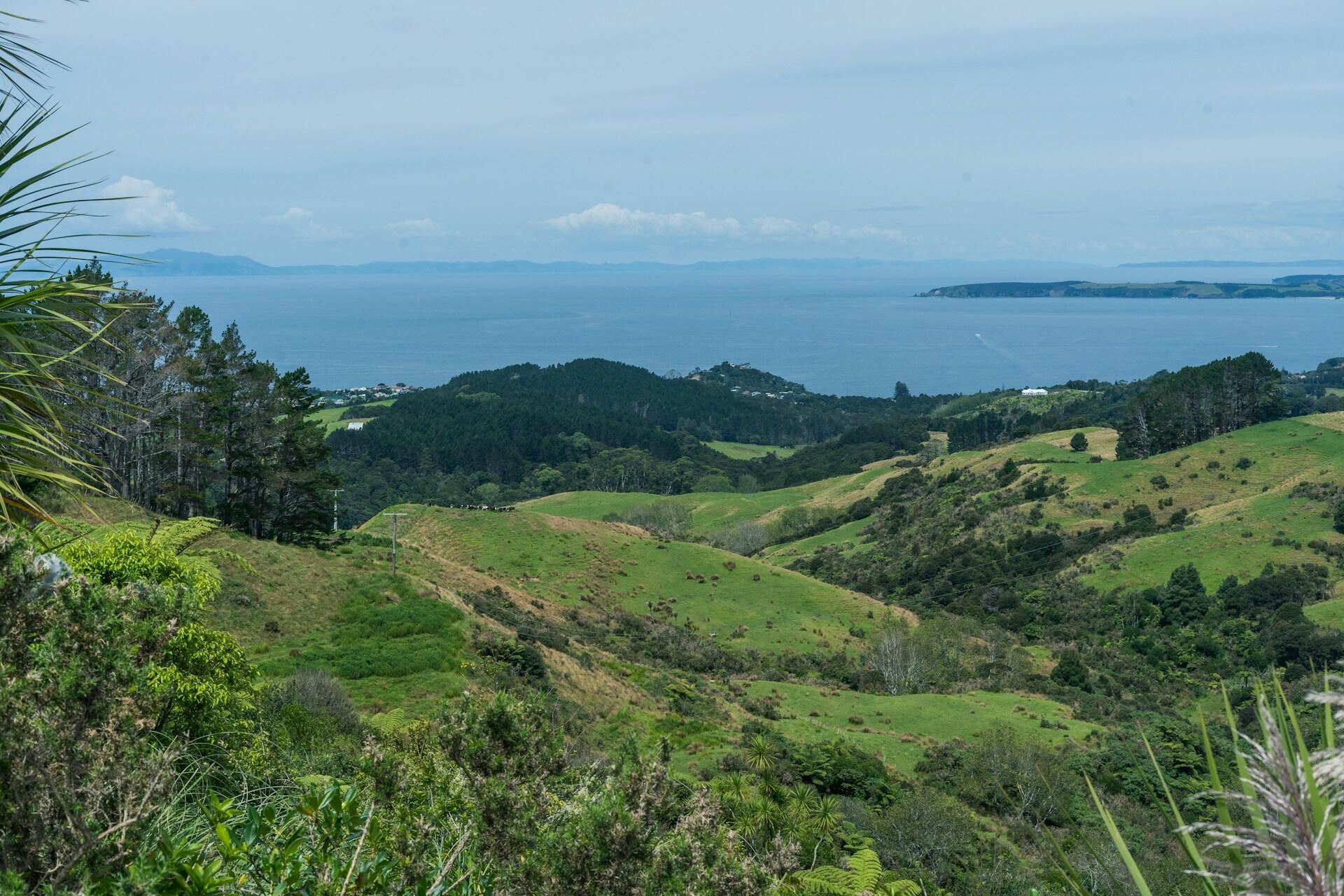
Mauri: The Life Force of All Things
Everything in the natural world, including rivers, forests, oceans, and people, has mauri or a life force.
If the land is damaged, polluted, misused, or harmed in any way, its mauri is weakened, negatively affecting both the environment and the people depending on it.
Kaitiakitanga protects and restores mauri and ensures that natural resources, ecosystems, and communities remain healthy and strong.
For example:
- A polluted river loses its mauri, affecting the fish, plants, and people who rely on it. Māori-led restoration projects aim to restore the mauri by cleaning the water, replanting native trees, and respecting traditional knowledge about the river’s health.
- Overfishing in a local area can deplete mauri, so kaitiaki may introduce rahui (temporary bans on resource use) to allow the environment to regenerate.
Mana and the Responsibility of Kaitiakitanga
Mana is spiritual power, authority, and respect. It's also connected to kaitikitanga. Mana can be diminished if iwi, hapū, or individuals don't act as proper guardians.
Conversely, protecting and sustaining the environment can enhance mana for both the land and the people.
By practising kaitikitanga, mana can be increased in the following ways:
- Upholding tikanga (cultural practices) related to environmental care.
- Ensuring that resources are used sustainably, so future generations can continue to thrive.
- Respecting the tapu (sacred nature) of certain places, such as burial sites, ancient forests, or rivers with deep ancestral significance.
A Holistic Approach to Well-Being
While individual concepts like kaitikitanga, mana, mauri, etc., exist, they are typically interconnected in the holistic Māori worldview.
The connection to the land means that by caring for the land, Māori people care for themselves and their spiritual and physical well-being.
This view of the world has shaped how Māori people approach environmental conservation, cultural heritage, and sustainable development, and they have effectively been doing it for generations.
In the modern world, Māori communities have sought to recognise mauri and mana in laws and engage with issues like climate change, pollution, and the restoration of natural habitats.
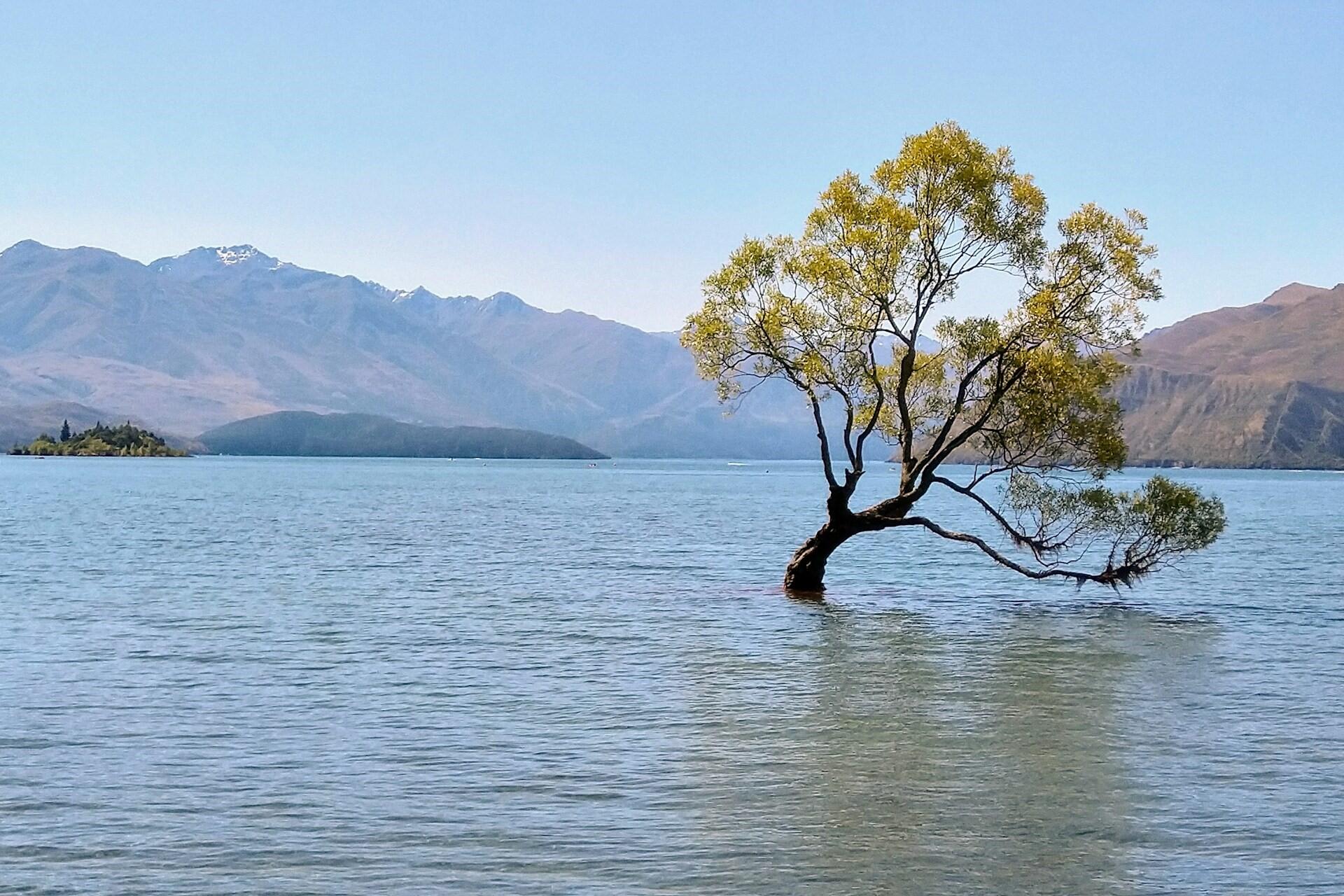
Understanding Kaitiakitanga in an Environmental Context
Though it's quite simple to talk about kaitiakitanga and environmental conservation in the same sentence, you have to also understand that they have a much deeper meaning than the Western notions of sustainability and ecology.
The Māori approach of kaitiakitanga combines ecological, spiritual, and cultural knowledge to maintain the balance between people and nature. Like tikanga or certain Māori rules, everything's connected.
This is because the Māori view of the world as a living entity, with every river, mountain, forest, and ocean having mauri. This means that kaitiakitanga considers the spiritual and ancestral relationships that nature has with indigenous people.
Kaitiakitanga and the Protection of Natural Resources
Land, water, and natural resources are all preserved under kaitikitanga, which is a kind of guardianship over territories.
Common practices to do this include:
- Rahūi (temporary bans or restrictions) on activities like fishing, gathering seafood, or cutting trees to allow natural ecosystems to recover.
- Reforestation and habitat restoration efforts to heal damaged land and prevent soil erosion.
- Sustainable fishing and hunting practices, ensuring species are not overharvested.
- Protecting rivers, lakes, and coastal areas from pollution and degradation.
This uniquely Māori approach to conservation also honours whakapapa (ancestral connections). It strengthens the relationship between the people and the environment that they call home.
Sacred Places and the Concept of Tapu
Tapu is a concept that holds special cultural and spiritual significance. This is loosely translated to sacredness, which means places have to be treated with the utmost respect, especially the following:
- Rivers and lakes are believed to be the dwelling places of taniwha (spiritual guardians).
- Ancestral burial sites, which are protected from damage or destruction.
- Mountains and forests that are considered the homes of atua (Māori gods).
Kaitiakitanga and Climate Change
In the fight against climate change and environmental degradation, kaitikitanga has never been more important.
The New Zealand Climate Change Commission (He Pou a Rangi) incorporates Māori knowledge and kaitiakitanga principles in its approach to climate action. Many Māori leaders advocate for indigenous land practices, reforestation projects, and sustainable resource management as part of Aotearoa’s commitment to reducing carbon emissions.
Fortunately, Māori communities have recently led initiatives to:
- Advocate for indigenous environmental rights in national policies.
- Implement traditional ecological knowledge in land and water management.
- Restore native forests to increase biodiversity and carbon sequestration.
- Educate younger generations about sustainable living and the importance of kaitiakitanga.
Ultimately, by combining kaitikitanga's ancestral wisdom and modern conservation science, Māori groups are demonstrating the strength of this traditional practice as a powerful framework for protecting today's environment.
Résumer avec l'IA :

